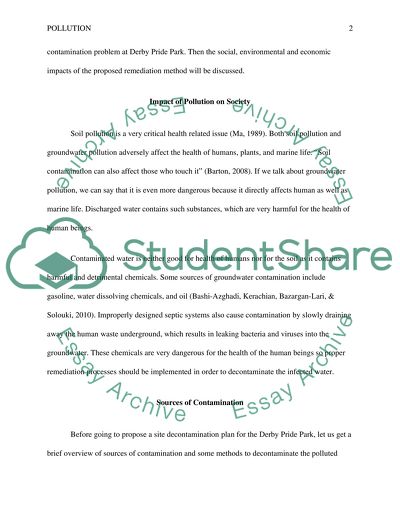Cite this document
(“Site Contamination - Derby Pride Park Research Paper”, n.d.)
Retrieved from https://studentshare.org/macro-microeconomics/1393859-pollution
Retrieved from https://studentshare.org/macro-microeconomics/1393859-pollution
(Site Contamination - Derby Pride Park Research Paper)
https://studentshare.org/macro-microeconomics/1393859-pollution.
https://studentshare.org/macro-microeconomics/1393859-pollution.
“Site Contamination - Derby Pride Park Research Paper”, n.d. https://studentshare.org/macro-microeconomics/1393859-pollution.


